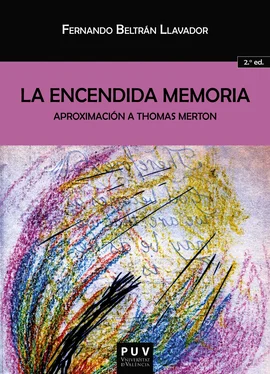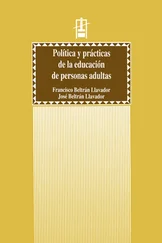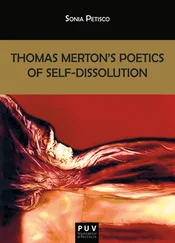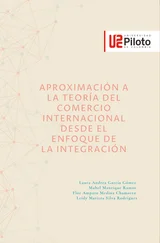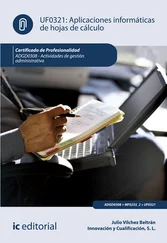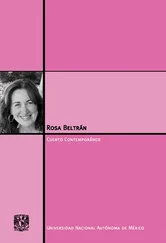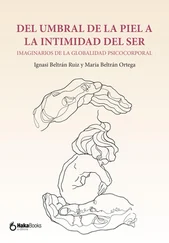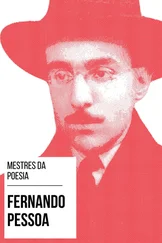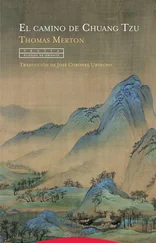The Seasons of Celebration (1965) recoge material escrito por Merton hasta quince años antes de su publicación, con temas litúrgicos como eje vertebrador. Al final de su vida, le merecería una opinión deplorable y por su temática y su tono corresponde en realidad a la primera etapa de su producción.
Muy distinta a la anterior, la última y completamente representativa de esta segunda etapa, si bien preludia la siguiente, sería su breve introducción a la selección que él mismo realizara de algunos escritos de Gandhi, Gandhi on Non-Violence (1965); lo que allí afirma de Gandhi y de su pueblo, con respeto y admiración, podríamos aplicarlo al propio Merton y a su nación adoptiva: “For Gandhi the public realm was not secular, it was sacred. To be involved in it was then to be involved in the sacred dharma of the Indian people” (GNV: 8).
Con su tercera etapa, cuya semilla ya se encontraba germinando de hecho en las anteriores, e incluso en su periodo premonástico, Merton abre un periodo que, de acuerdo con una interpretación, rompe los límites del catolicismo y según otra, supone una consecuencia lógica del mismo, al entrar en contacto con tradiciones espirituales no cristianas, de origen oriental en su mayoría. En cualquiera de los casos, podemos ver en ese desplazamiento de intereses la última ocasión para el escritor de obtener una nueva perspectiva; en efecto, en las distintas estaciones del viaje hacia su libertad primera y última, Merton reunió las condiciones necesarias de distancia y desapego para ser considerado un crítico de los escenarios sucesivos de su vida: procedente de Europa y afincado en los Estados Unidos de América, pudo alcanzar una visión diferente de la segunda desde su experiencia en el viejo continente; al haber sido estudiante sin filiación religiosa alguna, dispuso de elementos de contraste para poder aplicar, como converso, una nueva mirada sobre catolicismo; por último, el viaje a Asia le iba a dar la ocasión de ejercer la última crítica global sobre el mundo occidental, incluida su dimensión religiosa. Así, en una carta dirigida a doña Luisa Coomaraswamy en 1961, Merton le anticiparía su nuevo cometido, otra vez de alcance profético, que se había marcado hacia el final de su vida:
I believe that the only really valid thing that can be accomplished in the direction of world peace and unity at the moment is the preparation of the way by the formation of men who, isolated, perhaps not accepted or understood by any “movement” are able to unite in themselves and experience in their own lives all that is best and most true in the various great spiritual traditions. Such men can become as it were “sacraments” or signs of peace at least. They can do much to open the minds of their contemporaries to receive, in the future, new seeds of thought. Our task is one of very remote preparation, a kind of arduous and unthanked pioneering. (HGL: 361)
Esas grandes tradiciones espirituales no iban a quedar limitadas, pese a la categorización que escogimos para esta etapa, al ámbito asiático. Merton entraría en contacto, además, con la fe islámica y el misticismo sufí, y con la espiritualidad del nativo americano del norte y del sur del continente. Pero fue ante todo su contacto con la espiritualidad oriental la que iba a ejercer una influencia decisiva en su nueva vivencia del cristianismo.
Sirva de ejemplo al lector cómo, en el prólogo a su libro The Way of Chuang-Tzu (1965), que para Quinn inaugura su tercera etapa, Merton confiesa abiertamente: “I have enjoyed writing this book more than any other I can remember” (WCT: 9-10); en ese mismo lugar, explica su contenido: “The whole Chuang Tzu book is an anthology of the thought, the humour, the gossip, and the irony that were current in Taoist period, the 4th and 3rd centuries B.C.” (WCT: 11). Añade a continuación que la enseñanza y el “camino” contenido en esas anécdotas, poemas y meditaciones, es característico de una mentalidad universal; esa mentalidad muestra una inclinación natural hacia la sencillez, la humildad, y el silencio, y un rechazo de la agresividad, la ambición y la autoimportancia que a menudo constituyen la urdimbre del tejido social. Encuentra su equivalente cristiano más cercano en la Biblia, en una combinación del tono guardado en el Eclesiastés y del mensaje encerrado en los Evangelios. Merton escribiría una versión personal, pero no aculturada o cristianizada, del clásico chino. Antes nos advierte del riesgo en que se puede incurrir al leer en las palabras de Chuang-Tzu, o al desprender del sabor del taoísmo y del zen, un falso evangelio de licencia moral o banal permisividad, y en esta ocasión utiliza el marco taoísta como un instrumento nuevo de exploración en su viaje hacia el auténtico yo del hombre nuevo, que si antes quedaba definido en términos de santidad, ahora hacía suya la cualidad de la sabiduría:
The wise man..., instead of trying to prove this or that point by logical disputation, sees all things in the light of direct intuition. He is not imprisoned by the limitations of the “I”, for the viewpoint of direct intuition is that of both “I” and “Not-I”. Hence he sees that on both sides of every argument there is both right and wrong. He also sees that in the end they are related to the pivot of Tao. When the wise man grasps this pivot, he is in the center of the circle, and there he stands while “Yes” and “No” pursue each other around the circumference. The pivot of Tao passes through the center where all affirmations and denials converge. He who grasps the pivot is at the still-point from which all movements and oppositions can be seen in their right relationship. Hence he sees the limitless possibilities of both “Yes” and “No”. Abandoning all thought of imposing a limit or taking sides, he rests in direct intuition. Therefore I said: “Better to abandon disputation and seek the true light!”. (WCT: 42-43)
En el prólogo al siguiente libro de esta etapa final, Raids on the Unspeakable (1966), el autor se dirige a su libro como un padre lo haría a su hijo, dándole avisos y consejos, y comenta acerca de sus obras anteriores como si fueran hermanas de aquel: “They have usually managed pretty well on their own. They were, for the most part, good mannered. Some of them were even fairly devout” (RU: 1); establece, más adelante, su propósito, lo que nos permite ver su posición en ese momento en relación con su sociedad, refiriéndose al libro en segunda persona como sigue:
You are not so much concerned with ethical principles and traditional answers to traditional questions, for many men have decided no longer to ask themselves these questions. Your main interest is not in formal answers or accurate definitions, but in difficult insights at a moment of human crisis. Such insights can hardly be either comforting or well defined: they are obscure and ironic. They cannot be translated into a program for solving all the problems of society; but they may perhaps enable a rare person here and there to come alive and be awake at a moment when wakefulness is desirable —a moment of ultimate choice, in which he finds himself challenged in the roots of his own existence. You have considered the critical challenge of the hour, that of dehumanization, and have dealt with it as you could, with poetry and irony rather than tragic declamation or confessional formulas. (RU: 2-3)
“The unspeakable”, explica, es la imagen escatológica de un vacío que contradice todo lo que se pueda formular en palabras antes incluso de que estas se pronuncien, un vacío que subyace al pronunciamiento público y a la declaración oficial, el vacío de un final que no es el del mundo necesariamente, sino un punto teológico sin retorno, “a climax of absolute finality in refusal, in equivocation, in disorder, in absurdity, which can be broken open again to truth only by miracle, by the coming of God” (RU: 4). El final de ese consejo paterno sitúa a su autor en una tradición americana afín al Thoreau de la disensión: “You are not big enough to accuse the whole age effectively, but let us say you are in dissent. You are in no position to issue commands, but you can speak words of hope” (RU: 6); con esa cautela, da inicio a un libro que es una colección de catorce ensayos muy diversos, tres de ellos ya incluidos previamente en The Behavior of Titans , y una muestra de quince caligrafías de inspiración zen.
Читать дальше
